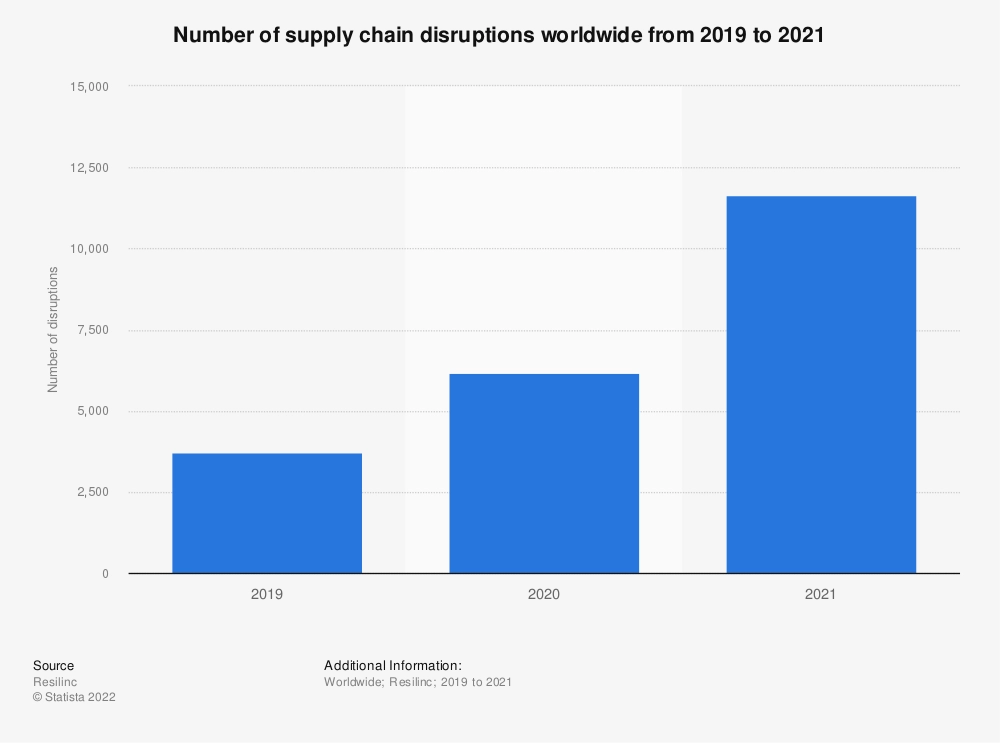Entry and Unloading Times Decline at Ports, Indicating a Change in the Supply Chain Crisis
Key Insights
- From 2019 to 2022 supply chain disruptions have more than tripled.
- Ports are starting to catch up on the backlog and congestion.
- Traffic jams across the country are lightening, but it will take more time for these ports to get back to normal.
Covid has impacted all areas of our daily life and hit the supply chain intensely. Since 2019, supply chain disruptions nearly tripled in the US due to port congestion and backlogs. The disturbances have been caused by multiple variables relating to covid. The setbacks are attributed to everything from sick workers, changes in consumer patterns, restrictions, and mandates for employees.

Overall, the entire supply chain industry has ongoing downfalls with disconnection and poor communication. A lack of immediate communication systems compounded the supply chain disruptions.
David Beaird, supply chain expert, and president at Beaird Solutions says despite recent challenges that conditions are improving.
“As it pertains to the ports, the congestion is getting better. It’s easier to get products to and through the port.”
Based on stats around port traffic from February 2022, it appears that the tides are changing. There has been a 25-30 percent reduction in the time that vessels are waiting to unload their goods at the port, according to Beaird. This decrease is helping ports across the country to unravel the traffic jams.
The congestion at ports has far-reaching impacts from the coasts to the midwest. As the times for ships to enter and unload decrease, the other systems will see a change too. The supply chain disruptions will ease over time. It will be a while before normalcy returns, but the recent data shows that things are trending in that direction. It is easier for products to get to and through the ports than at the end of 2021 and the beginning of 2022.








